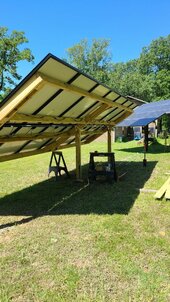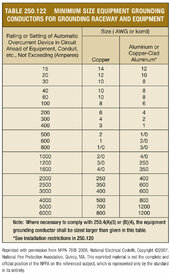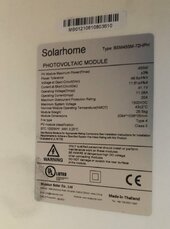Finished building this in 2019. Tracks by calculating suns position according to longitude and latitude and time for my area. I move every hour on the hour. Sun only goes about 6 degrees. 9" dia schedule 40 pipe came from local scrap yard. linear actuator for tilt, gear motor for azimuth. Biggest Harley sprocket I could find, cut the center out so as to fit the top of the 9" dia pipe. So harley chain drive. I go nearly flat if wind is over 26mph for 6 minutes. I purchased the rails to mount on 5"x 5" square beam 3/16" wall. Braced with aluminum angle. Program runs on esp32.Not the person to answer your question on the grounding, but very intrigued by your tracker. Anyway to get more pictures and possibly info about the actuators etc. That looks like from the front at least, a very solid stable device. The opposite of the ecoworthy tracker! Thanks
Sensor is LSM303 mounted on pvc nearly 3 feet from any metal. Two lifeP04 12v batteries in series with cheap Chinese charger from little panel on lefts side of array. The red channel iron was a large I-beam from scrap yard, I cut in half. The slew bearing was used on ebay.
I had code running with lots of work and LDRs first, tossed them when I found this link. I do not use all but his code made me complete!
Solar/ESP32_Tracker/DataLog_Page.ino at master · Dougal121/Solar
Solar Tracker projects. Contribute to Dougal121/Solar development by creating an account on GitHub.
Last edited:





